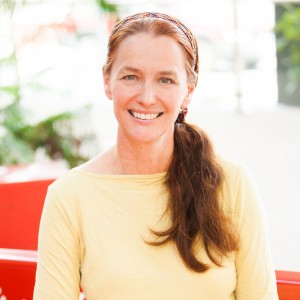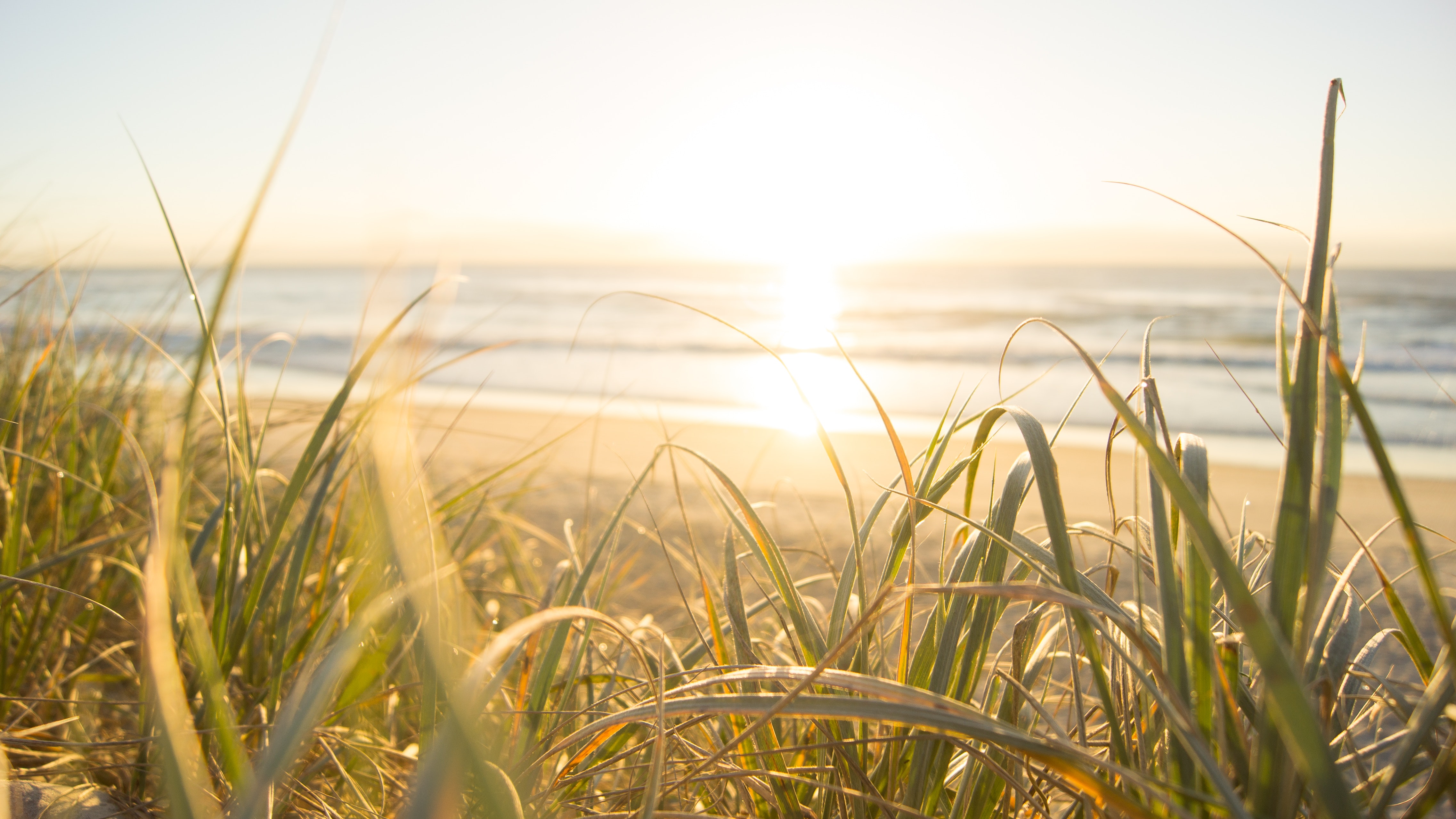Do the photos we take and share using social media paint a picture of how we use and value parks and other open areas in our cities?
According to a new analysis conducted by Griffith University, the answer is a resounding yes.
Professor Catherine Pickering, an expert in nature based tourism and recreation with the Environmental Futures Research Institute who is head of the Ecology and Evolution discipline, worked with two undergraduate students to analyse just under 500 images tagged The Spit, Gold Coast that were posted to photo-sharing platform Flikr by 141 people over more than a decade.
The analysis found that the beach, the ocean and waves were the most common images posted by Spit visitors, despite the fact that the The Spit also covers a lot more, including SeaWorld, Marina Mirage and Fisherman’s Wharf.
Professor Pickering said the large number of images that captured the natural landscape and tagged The Spit, Gold Coast indicated that visitors predominantly associate the natural environment with the Spit.
“When you take a picture on the Spit, you have a whole lot of choices. You can take a photo of the beach, south towards the city, north towards South Stradbroke, west towards the Broadwater, in the forest, in the resorts, in Seaworld, and you can show people doing lots of different things – we counted over 35 recreational activities that occur on this one area,” Professor Pickering said.
“We wanted to know what images people explicitly think of as the Spit, and associate that with the our city.

“Seventy percent of images showed the ocean, 62% the beach while only 17% showed the Broadwater and 5% resorts. There were lots of images (58%) showing people engaged in recreation activities on the Spit (30%), and in the waters (40%) around the Spit.
“One location and time of day was very popular: on the beach, looking south from the north end of the Spit with the Sandpump and ocean in view at dawn.”
The findings of the social media analysis mirror those in recent surveys in The Southport Spit Master Plan Consultation Report April 2018, conducted by the Department of State Development, Infrastructure and Planning, which confirmed the natural environment including the beach along with fitness and recreation and conservation were highly valued by the community.
“As part of the masterplan they ran pop-up sessions and an online survey. They found that people valued the natural environment. For example, in the online survey filled in by 481 people, 64% valued conservation and the environment, 59% the parks, 58% fitness and recreation,” Professor Pickering said.
“Social media provides us with an new way to know more about who comes, when, what do they do, and how do they value a site, what’s special about that place. There is a massive amount of data out there with over 6.5 billion photos on Flickr alone. What is important is that this is people talking and sharing images among themselves, and when we have their permission to join in, we can find out what they value and want in our cities and our parks.”
Professor Catherine Pickering will discuss the findings at a Gecko Talks event on May 23, 6.45pm at The Cove Room, Currumbin RSL. Find more details here on the Gecko website.
Professor Pickering will also appear at The Logan Eco Action Festival (LEAF) at Griffith University’s Logan campus, May 27, 10am-3pm. Eco Action offers access to eco businesses, demonstrations, workshops, children’s activities and live music, with Gardening Australia’s Costa Georgiadis a special guest.
